France, the land of fashion and culture, is now slowly turning synonymous with protests. More than a week after 200,000 demonstrators turned out in a show of opposition against French President Emmanuel Macron, the European nation is seeing, perhaps, its biggest protest today (September 18).
Here’s what these protests are unfolding.
Who’s protesting?
The reason for these demonstrations, which organisers are predicting will see over 800,000 participants, is to put pressure on the new prime minister, Sébastien Lecornu, to rethink budget cuts and act on wages, pensions and public services.
Participants in Wednesday’s protests come from all walks of life — teachers, transport workers, hospital staff, pharmacists and public sector workers. About 800,000 people are expected to join the marches across the country, in what is expected to be one of the biggest strike days in years.
The protests began at dawn and by 7 am, several bus depots had been blockaded in Paris and northern France, as well as high school blockades in the east of the capital and Amiens in the Somme and Le Havre in Normandy. Rail transport was disrupted across France.
According to organisers, the strikes will see one-third of teachers walk out, nine in 10 pharmacies closed, and severe disruption across the Paris Metro. Only three driverless lines are expected to run normally.
More than 40 people have already been arrested with up to 25 arrests in Paris alone, as attempts are being made to disrupt key transport links, including the Metro and Paris ring road. Others taken into custody in other major cities, such as Marseille and Toulouse.
Why is France seeing such protests though?
There are multiple reasons for the day-long strikes and protests in France. The planned demonstrations come after President Emmanuel Macron last week named his close ally Sebastien Lecornu as the new prime minister to resolve a deepening political crisis.
The unions are angry over a €44-billion austerity plan drafted by Lecornu’s predecessor, Francois Bayrou. They are also sceptical of Lecornu’s promises to scrap the lifelong privileges enjoyed by prime ministers and to abandon a proposal to cut two public holidays. As Sophie Venetitay, general secretary of SNES-FSU, the leading union for middle and high school teachers, was quoted as saying, “We feel that our colleagues were not fooled by the appointment of Sebastien Lecornu,” and it has not “calmed the anger”.
CGT union leader Sophie Binet added that Macron himself remained the biggest obstacle to reversing the pension reform. “[The] obstacle [is] in the Elysee Palace,” she declared.
Echoing the same anger and unrest, Perrine Mohr of the moderate CFDT trade union in the northern Hauts-de-France region, told The Guardian that since Macron came to power in 2017, “we have had a government that is pro-business, with tax relief and unconditional assistance to businesses. What we’re asking is that the future government is more pro-workers and pro-citizens”.
What do French officials say?
Outgoing Interior Minister Bruno Retailleau has warned of a “very, very strong” mobilisation, describing the day as a “hybrid” event mixing sanctioned demonstrations with potential sabotage from ultra-left groups.
He also said that law enforcement officials that “the risks of public disorder are significant due to the presence of small groups of ultra-leftists who will try to infiltrate the official marches”.
“We will respond with massive resources and clear orders,” he was quoted as telling BFM-TV. He said that no damage to public buildings would be tolerated.
With inputs from agencies


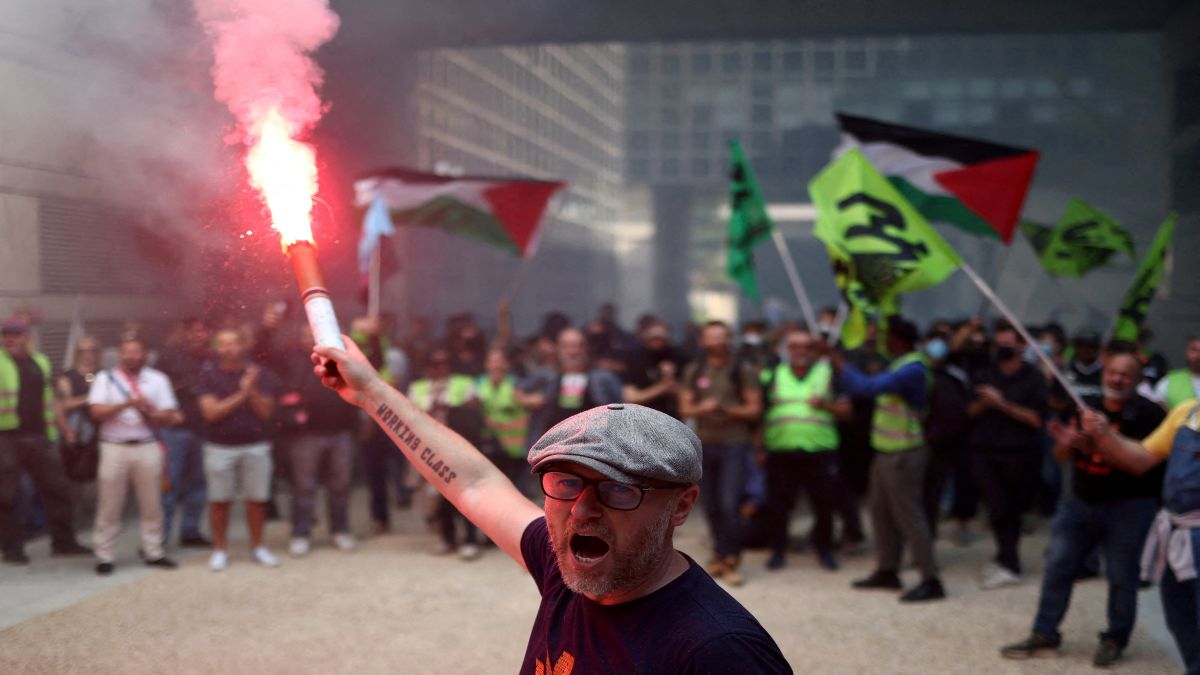)
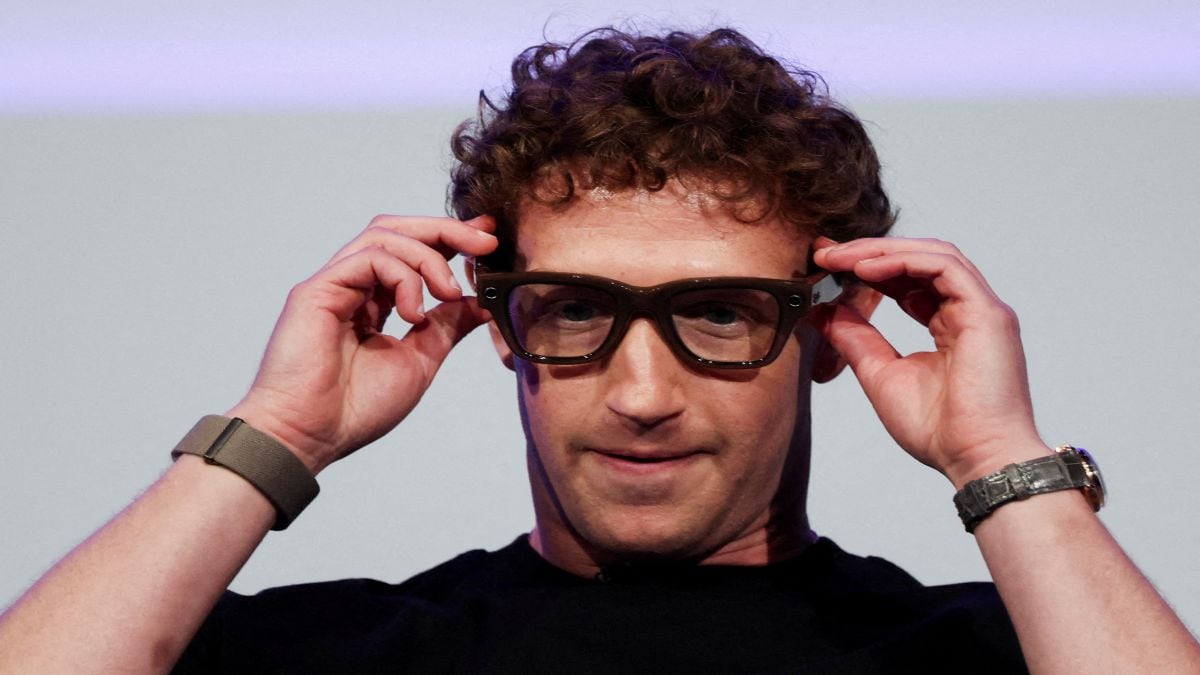
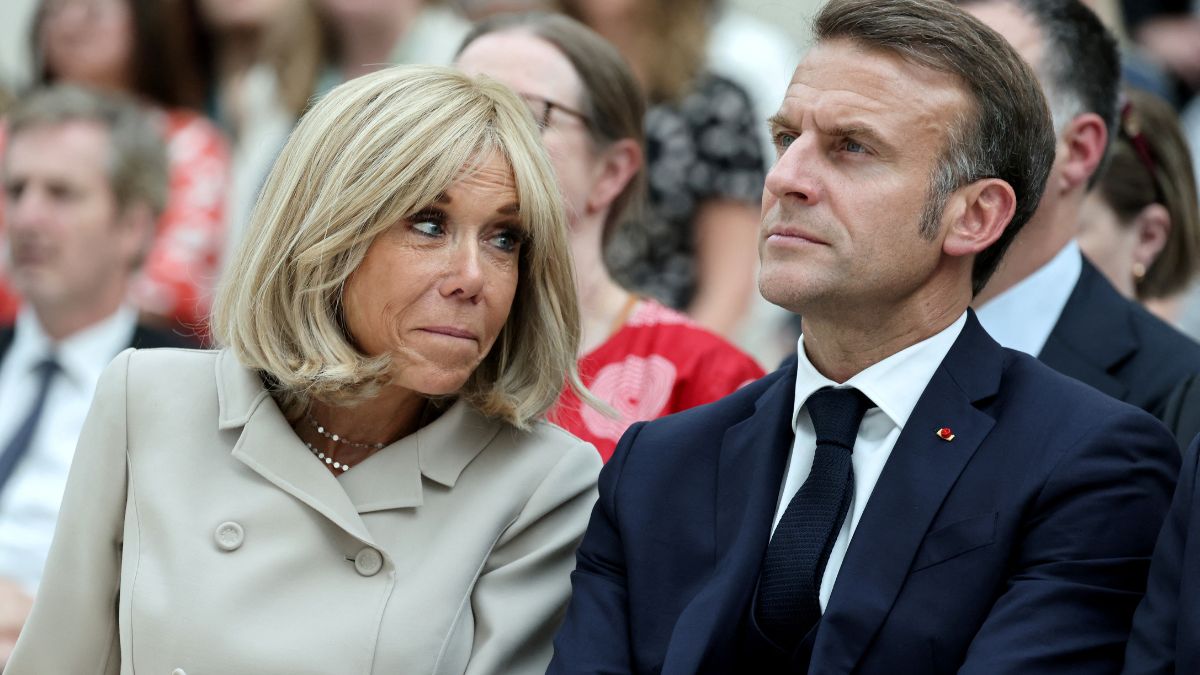)
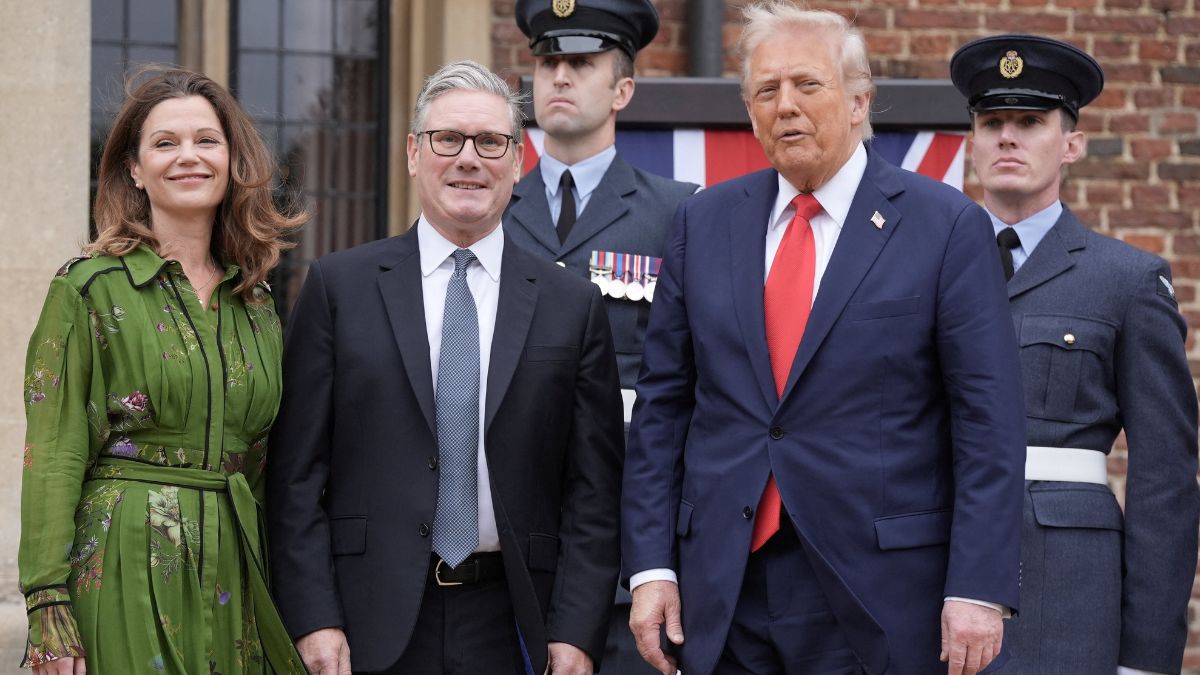)
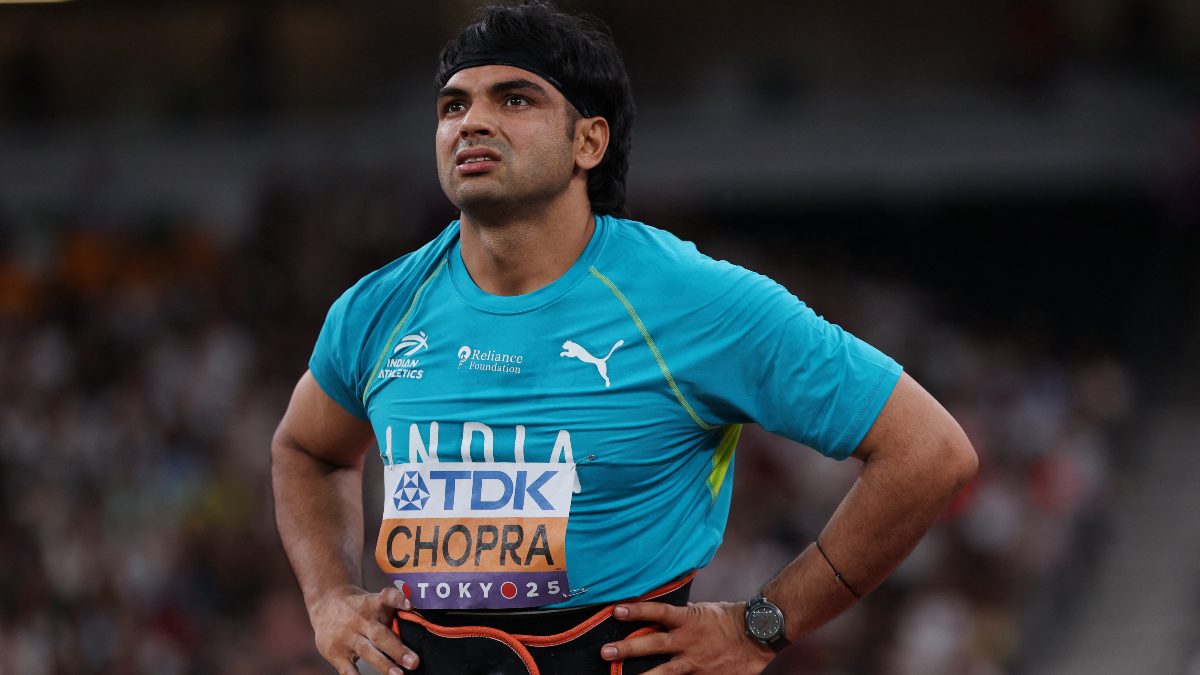)
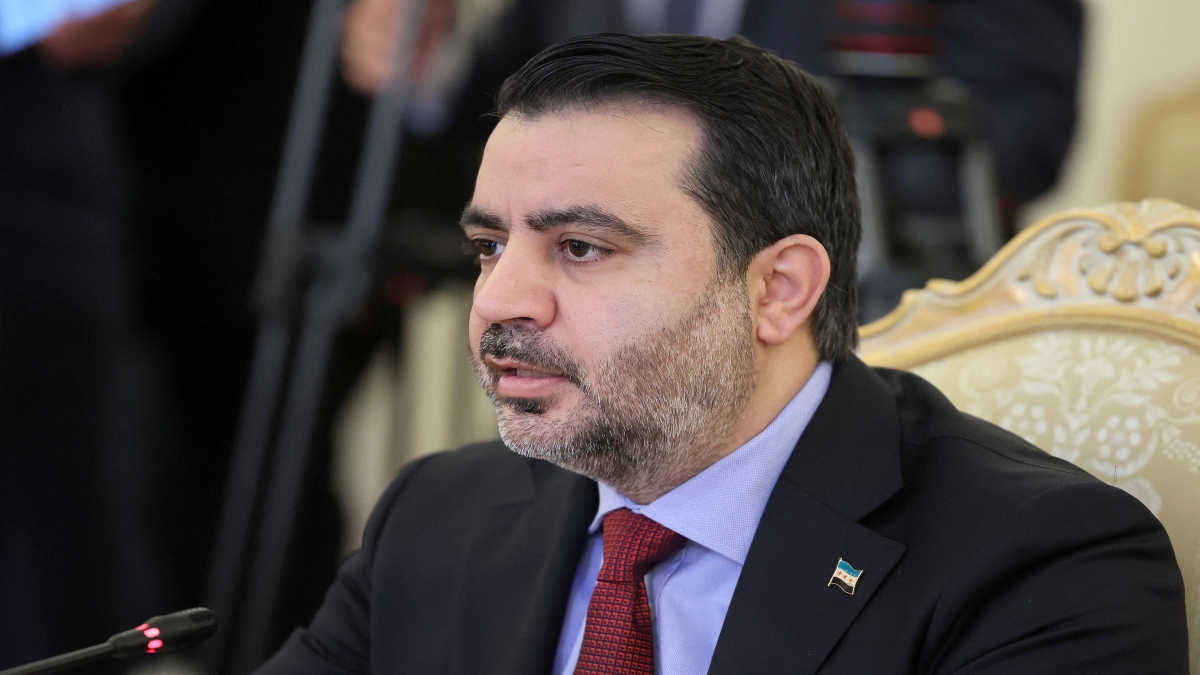)
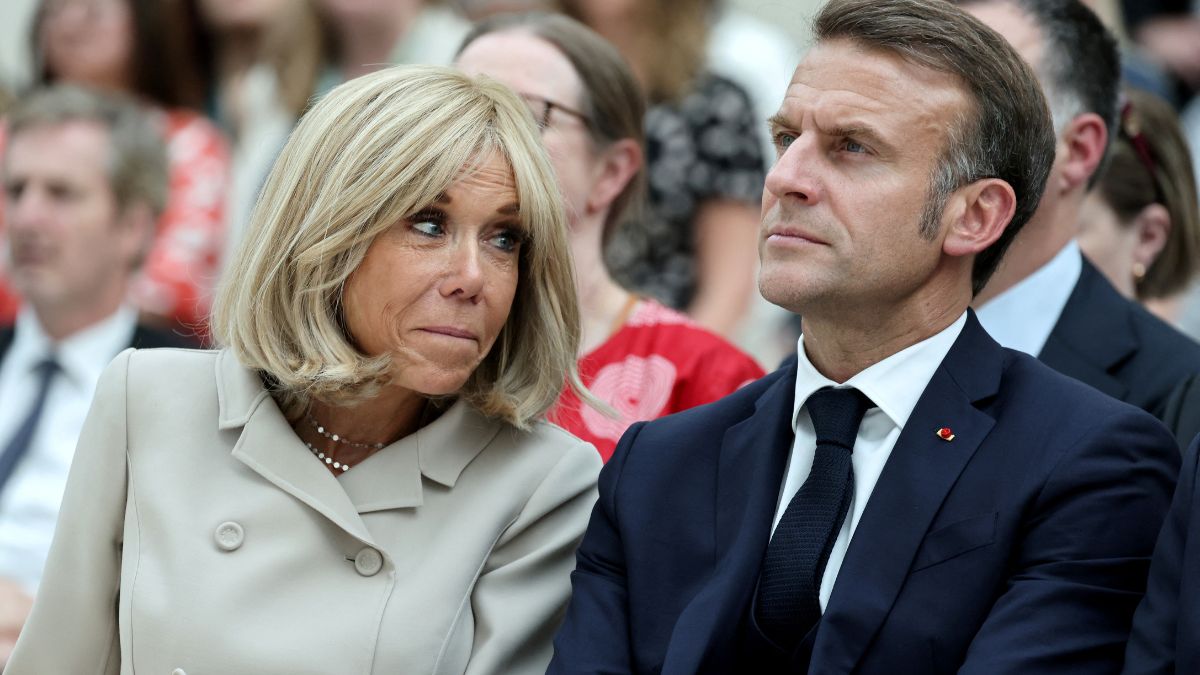)
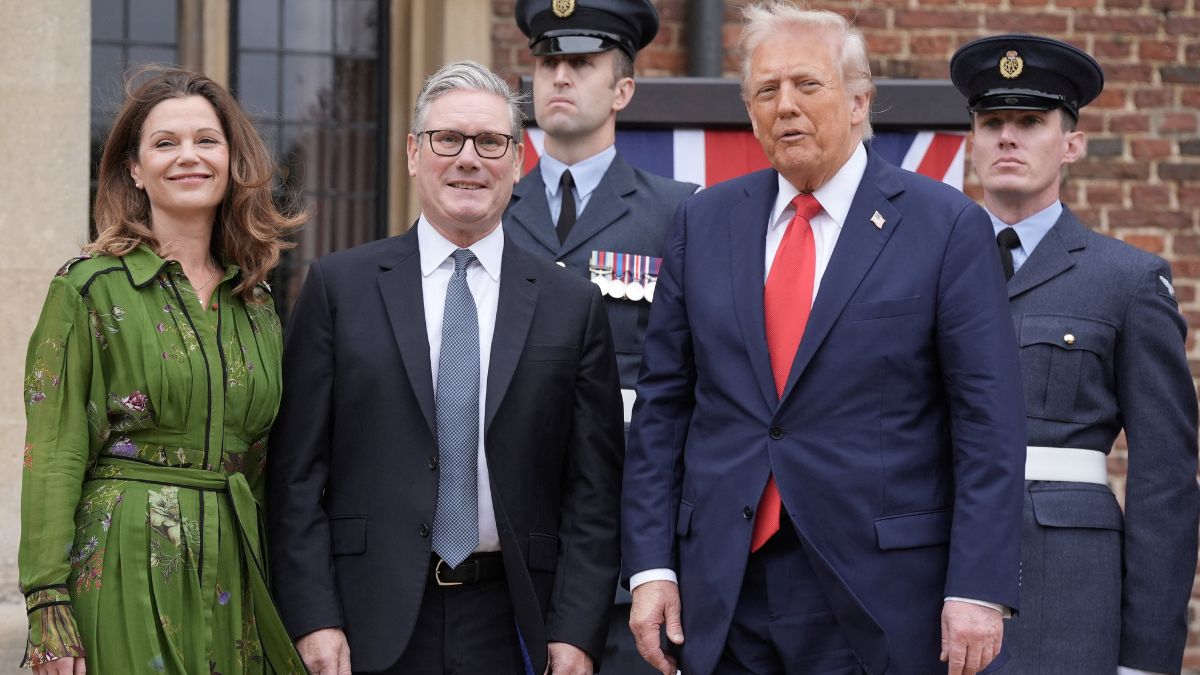)
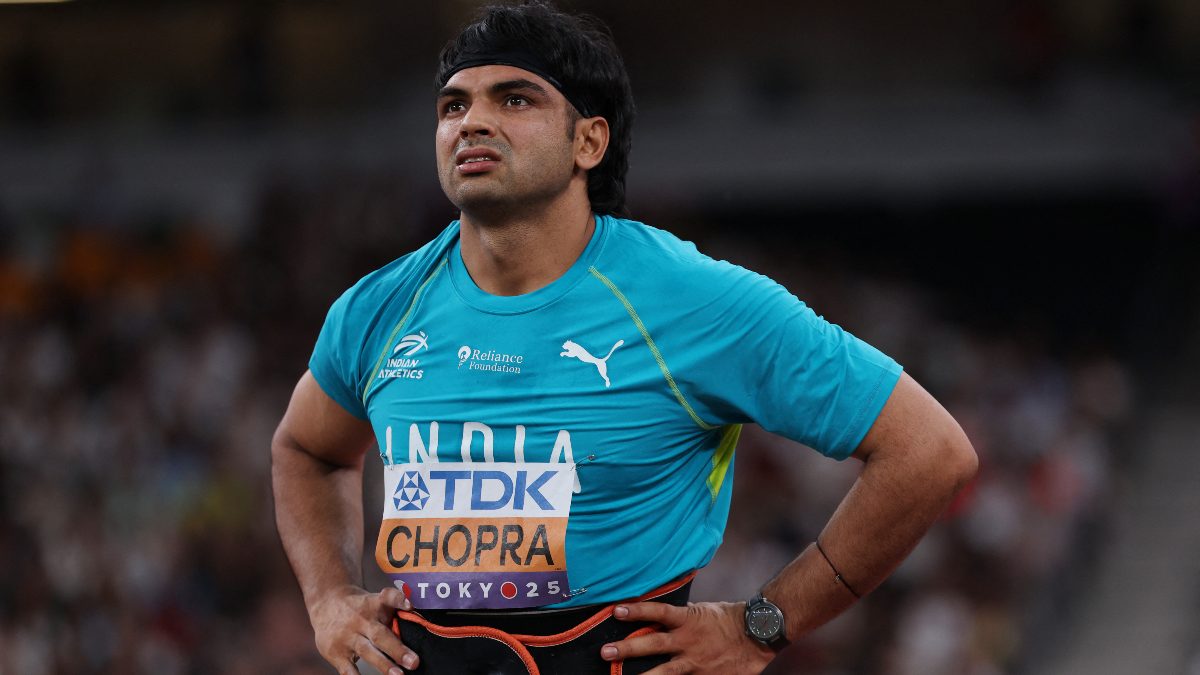)
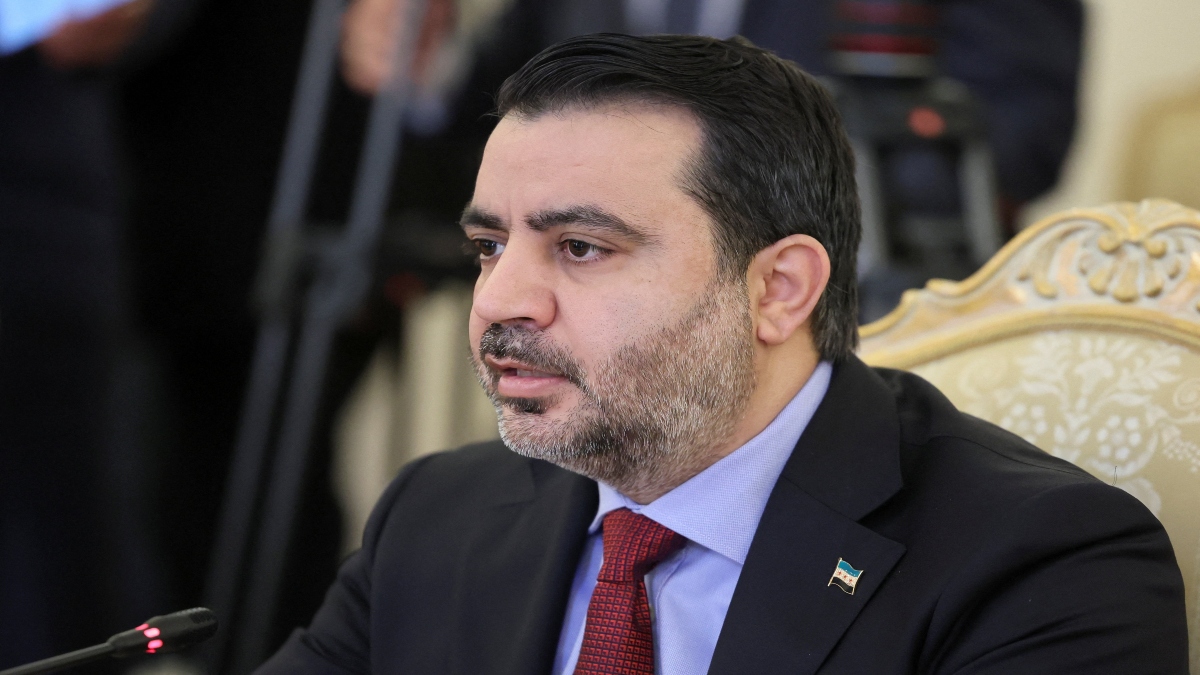)



